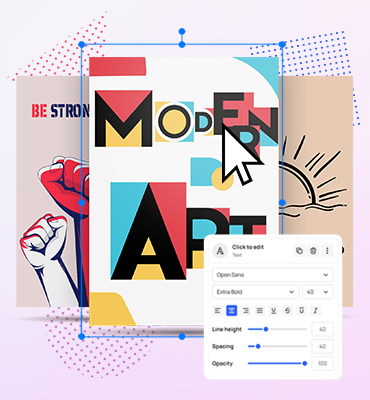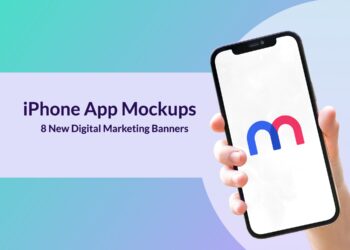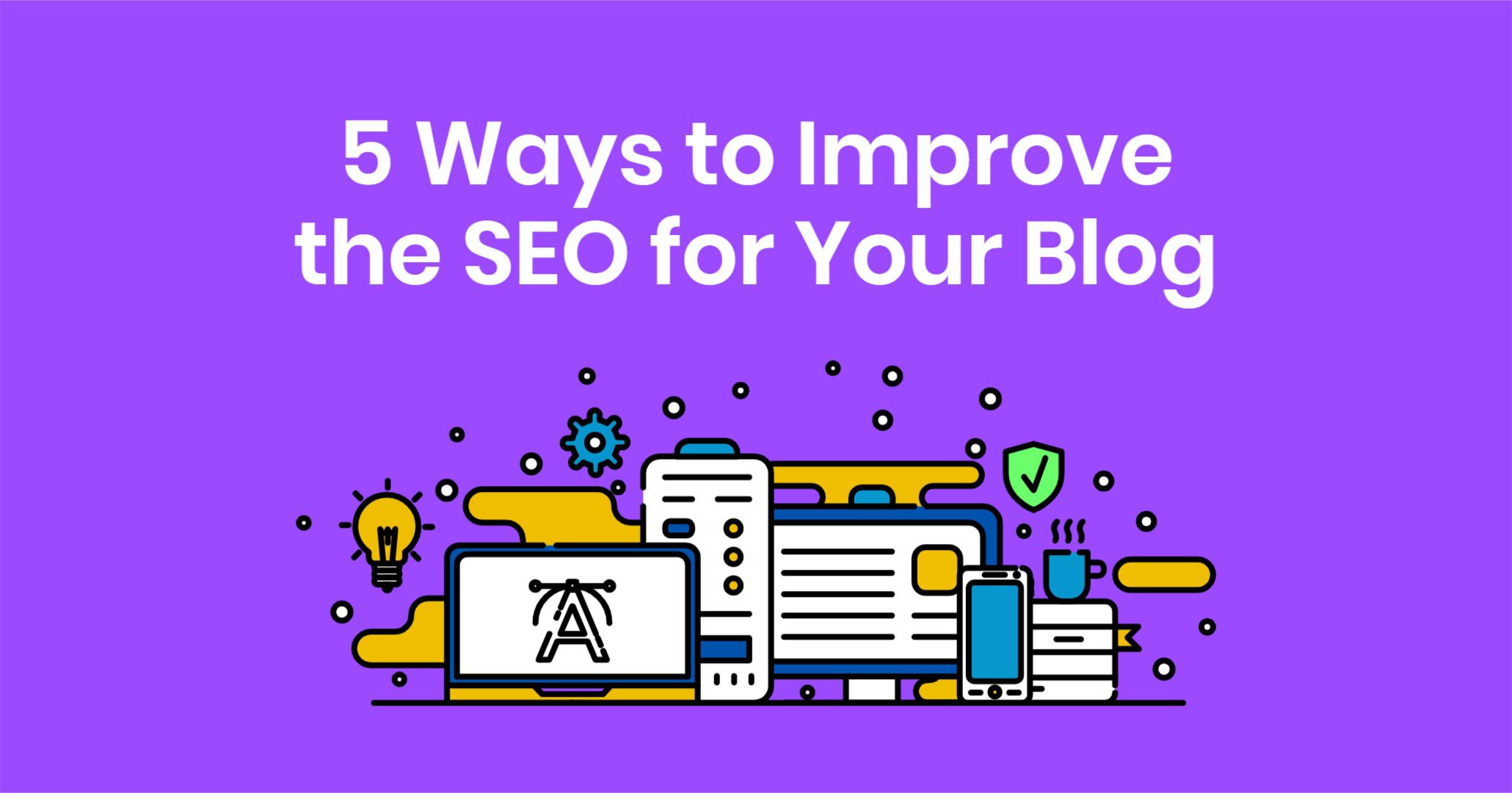A Proven Guide to App Technical Optimization for More Revenue

In today’s competitive market, simply having a great app idea is not enough. To drive sales and revenue, you must ensure proper app technical optimization.
This comprehensive guide will walk you through the crucial steps to enhance your app’s performance, visibility, and user experience. From app store optimization to coding best practices, we’ll cover it all to help you achieve remarkable success.
App Technical Optimization – What Does It Mean?
Before we dive into the details, let’s understand what app technical optimization entails. It refers to fine-tuning and enhancing various technical aspects of your mobile application. These optimizations aim to improve the app’s functionality, performance, security, and overall user experience. Addressing technical challenges makes your app more efficient, user-friendly, and appealing to potential customers.
App Optimization for increased revenue step by step
1. Understanding User Behavior
Before diving into technical optimization, it’s vital to understand how users interact with your app. Conduct thorough research to identify the most frequently used features, user preferences, and pain points. For example, after collecting data on click-through rates, session durations, and user feedback, focus on user interviews and surveys to gather specific insights into how users interact with your website and improve accordingly. This information will serve as a valuable guide throughout the optimization process.
2. Streamlining User Interface (UI) and User Experience (UX)
The first impression matters; a cluttered or confusing UI can turn away potential users. Keep the app’s design simple, intuitive, and visually appealing. Ensure smooth navigation and minimize loading times to enhance UX. A positive user experience encourages users to explore further and can lead to increased conversions. Additionally, optimizing your application’s infrastructure for Kubernetes workloads can contribute to scalability and efficient resource management, further enhancing overall performance.
3. Optimize App Loading Speed
In today’s fast-paced world, users expect instant results. Slow-loading apps frustrate users and lead to high abandonment rates. Optimize your app’s loading speed by compressing images, minimizing HTTP requests, and leveraging caching mechanisms. Every millisecond saved can significantly impact user satisfaction and retention.
In the realm of app development and digital marketing, visibility is the linchpin of success. With millions of apps vying for attention, standing out in the digital marketplace is no small feat. However, by leveraging technical optimization strategies, you can significantly increase your app’s visibility and, consequently, its revenue potential. One often overlooked aspect of technical optimization is ensuring your app’s content is tailored to meet the standards of search engine filters.
For instance, Google’s SafeSearch plays a pivotal role in filtering content for users, especially those seeking family-friendly content. By understanding and adapting to these filters, you can ensure your app reaches the widest possible audience.
4. Responsive Design for Multiple Devices
With an array of devices and screen sizes available, ensuring that your app displays flawlessly on various platforms is essential. Implement responsive design principles to adapt your app’s layout to different screen sizes automatically. This approach improves user experience and boosts your app’s visibility in search results. A skilled React Native app development company can expertly integrate responsive design principles into your app, ensuring it provides a seamless user experience across a multitude of devices.
5. Implement A/B Testing
A/B testing allows you to compare two different app versions to determine which one performs better. You can test elements like app icons, button placement, or call-to-action text. A/B testing helps you make data-driven decisions, refining your app’s performance based on user preferences.
6. Optimize App Store Listing
App store optimization (ASO) is vital to increase visibility and organic downloads. Conduct keyword research to identify relevant and high-traffic keywords for your app’s niche. Optimize the app’s title, description, and metadata with these keywords to improve search rankings.
Here is a summary:
| Optimization Area | Action Steps |
|---|---|
| 1. App Title | – Include relevant keywords |
| – Keep it concise and memorable | |
| 2. App Description | – Highlight critical features and benefits |
| – Use persuasive language to attract users | |
| 3. App Icon | – Design an eye-catching and unique icon |
| – Ensure it represents the app’s purpose and branding | |
| 4. Screenshots and Videos | – Showcase the app’s best features and user experience |
| – Use high-quality images and videos | |
| 5. Keywords | – Research and select relevant keywords |
| – Use tools to identify high-traffic and low-competition keywords | |
| 6. Category Selection | – Choose the most suitable and relevant app category |
| – Consider the target audience and app’s primary function | |
| 7. App Ratings and Reviews | – Encourage users to leave positive reviews and ratings |
| – Respond to negative reviews professionally and address concerns | |
| 8. App Localization | – Translate the app’s listing into multiple languages for a broader reach |
| – Adapt the content to suit cultural differences | |
| 9. App Updates | – Regularly update the app with bug fixes and new features |
| – Mention recent updates in the app description to showcase continuous improvement | |
| 10. App Preview | – Create an engaging and informative app preview video |
| – Highlight the app’s functionalities and user benefits | |
| 11. App Website Link | – Provide a link to the app’s website or landing page for additional information |
| – Use the website to offer more details and support for potential users | |
| 12. App Permissions | – Clearly communicate the app’s permissions and why they are necessary |
| – Minimize the number of required permissions to build user trust | |
| 13. App Size | – Optimize the app’s size to reduce download times and save device storage |
| – Use smaller file formats for images and videos | |
| 14. App Price | – Set a competitive and reasonable price for the app |
| – Offer free trials or freemium options to attract users | |
| 15. Call-to-Action | – Include a clear and compelling call to action to download the app |
| – Use actionable language and create a sense of urgency |
Remember to continually monitor and update your app store listing based on user feedback, market trends, and changes in app store algorithms to ensure ongoing technical optimization and maximum visibility.
7. Regular Updates and Bug Fixes
Apps need constant attention and updates to remain relevant and functional. Listen to user feedback and address issues promptly through regular updates and bug fixes. Alternatively, invest in a helpful incident management solution to keep those issues under control. Consistent improvements demonstrate your commitment to providing the best possible user experience.
8. Enhance App Security [Super Important]
Security is a top priority, especially for apps handling sensitive user data. Implement robust security measures to safeguard user information and prevent potential security breaches. Users are more likely to trust and continue using an app they perceive as secure
1. Secure Data Transmission: Ensure that all data transmitted between the app and the server is encrypted using industry-standard protocols like SSL/TLS. This prevents unauthorized access to sensitive information while it’s in transit.
2. Strong Authentication: Implement robust authentication mechanisms such as two-factor authentication (2FA) or multi-factor authentication (MFA). This adds an extra layer of security by requiring users to provide additional verification beyond just a password. In addition, confidential computing for enterprises provides a secure data processing environment, adding another layer of protection to your data security strategy.
Forms of authentication:
We, as end-users, typically encounter authentication in one out of three forms:
Single-factor authentication – only one authentication factor is sufficient to authenticate a user, usually the good old password.
Two-factor authentication (2FA) – also known as two-step verification, 2FA requires two authentication factors as evidence for successful end-user authentication.
Multi-factor authentication (MFA) – MFA prompts the user to submit at least two authentication factors. The end goal is to provide increased security by adding an extra authentication layer.
3. Secure Backend Systems: Your app’s backend systems should be well-protected. Regularly update software, apply security patches, and use firewalls to safeguard against potential vulnerabilities.
4. Secure APIs: If your app interacts with external APIs (Application Programming Interfaces), ensure these APIs are safe and properly authenticated. Limit the permissions of APIs to only what is necessary for the app’s functionality.
5. Prevent SQL Injection: Use parameterized queries to prevent SQL injection attacks, a common technique used by hackers to manipulate databases and gain unauthorized access. Check out a Prevent SQl Injections Cheat Sheet.
Safe Java Prepared Statement Example:
6. Data Encryption: Store sensitive user data, such as passwords and financial information, in encrypted form. Use strong encryption algorithms and secure essential management practices.
7. App Permissions: Request only the necessary app permissions from users. Avoid asking for excessive access to the device’s features and data.
8. Mobile Device Management (MDM): For enterprise apps or apps used in corporate environments, consider utilizing Mobile Device Management solutions to enforce security policies and remotely manage devices.
9. Penetration Testing: Conduct regular penetration testing or security audits to identify potential vulnerabilities. Fix any issues that are discovered promptly.
10. Secure Offline Storage: If your app allows offline access, ensure that any locally stored data is also encrypted and protected against unauthorized access.
11. User Education: Educate your users about best security practices, such as using strong passwords, avoiding public Wi-Fi for sensitive transactions, and being cautious of suspicious links or messages.
12. Monitor for Anomalies: Implement a robust system to monitor user activities and app behaviors. Unusual patterns or suspicious activities should trigger alerts for further investigation.
13. Secure Coding Practices: Train your development team in secure coding practices to avoid common vulnerabilities such as buffer overflows and code injection.
Several secure coding standards and coding security guides are widely used today, including the OWASP Secure Coding Practices and the SEI CERT Coding Standards.
Secure Coding Practices:
- Security by Design
- Password Management
- Access Control
- Error Handling and Logging
- System Configuration
- Threat Modeling
- Cryptographic Practices
- Input Validation and Output Encoding
14. Regular Security Updates: Keep your app updated with the latest security patches and bug fixes to stay ahead of potential threats.
15. Regular Security Audits: Conduct regular security audits to assess your app’s security posture and identify areas for improvement.
16. Data Backup for Added Resilience: Consider incorporating a comprehensive data backup strategy for your app, especially if it operates in a virtualized environment like VMWare. Having a reliable VMWare backup solution ensures that critical data is protected and can be quickly restored in the event of unforeseen incidents, contributing to the overall resilience of your application.
9. Integrate Social Media Sharing
Leverage the power of social media by integrating sharing options within your app. Encourage users to share their app experiences with friends and followers, organically expanding your app’s reach.
10. Personalization and Customization
Users appreciate personalized experiences. Utilize user data to offer personalized recommendations, tailored content, and customized app settings. This level of personalization enhances user satisfaction and retention.
11. Monitor Analytics
Tracking app analytics provides valuable insights into user behavior, preferences, and the effectiveness of your technical optimization efforts. Use analytics tools to monitor app usage, user engagement, and conversion rates to identify areas for improvement continuously.
12. Migrate your app from Monolithic to Microservices
Fundamental concepts of monolithic and microservices architectures.
Monoliths are challenging to scale because changes to one module necessitate a wholesale redeployment of the entire application. But with microservices, teams can make the system more scalable without disrupting other functionalities.
Monolithic Architecture: Laying the Foundation
The term “monolithic” refers to a traditional software architecture where all components of an application are tightly integrated into a single, large codebase, whereas custom software development services build modular, scalable systems tailored to specific business needs. In such a structure, any updates or modifications to one component affect the entire system, making it challenging to scale and maintain.
Microservices Architecture: A Paradigm Shift
On the other hand, microservices architecture breaks down an application into smaller, independent services, each serving a specific business function. These services communicate through APIs, enabling seamless integration and rapid development. Read more about the full monolithic to microservices migration strategy.
The Importance of Migration: Unlocking the Potential
As businesses grow and evolve, so do their software needs. Embracing microservices offers several advantages that are driving the migration trend.
Scalability and Agility: Handling Growth with Ease
In a microservices architecture, services can scale independently, allowing businesses to adapt quickly to changing demands. This dynamic scalability empowers organizations to respond to growth opportunities without being hindered by the limitations of monolithic systems.
Find the sample code here.
13. Test Across Devices and Operating Systems
Ensure your app works flawlessly across various devices, operating systems, and versions. Thoroughly test your app on different devices to identify and resolve compatibility issues.
14. Encourage Reviews and Ratings
Positive reviews and high ratings play a significant role in attracting new users. Encourage satisfied users to leave reviews and ratings on app stores, as it builds credibility and trust.
Conclusion
App technical optimization is a continuous process that requires dedication and a focus on the end user. By understanding user behavior, enhancing UI/UX, optimizing loading speed, and implementing various other strategies, you can significantly improve your app’s performance, driving more sales and revenue.
Related articles
Visualize your design Use a product mockup to showcase your design

Create your design Use our templates to create delightful designs for any medium




